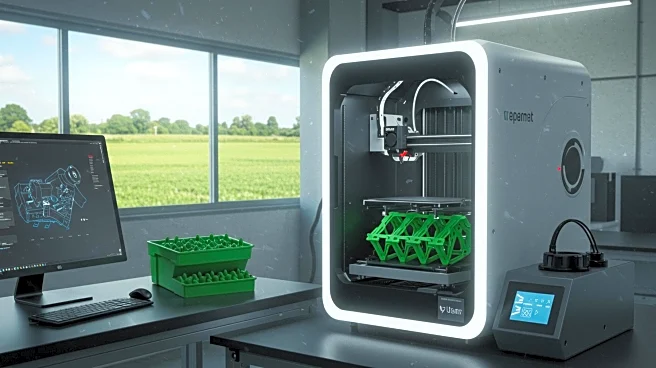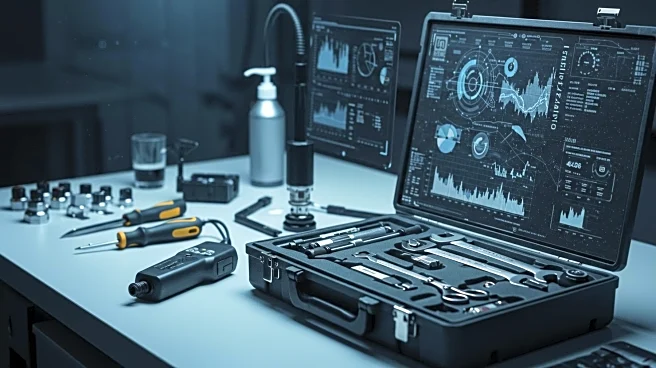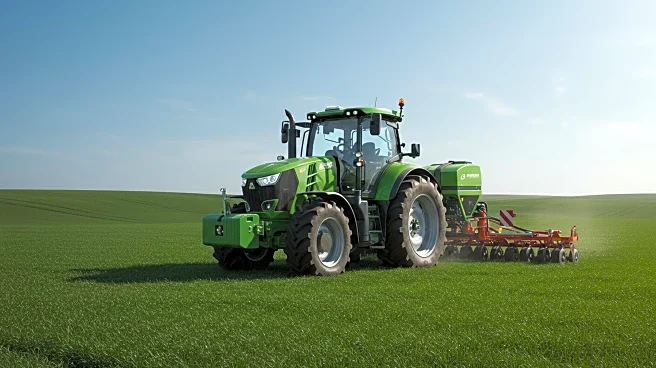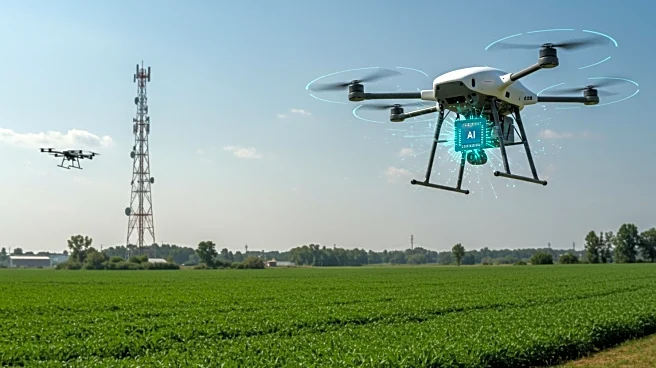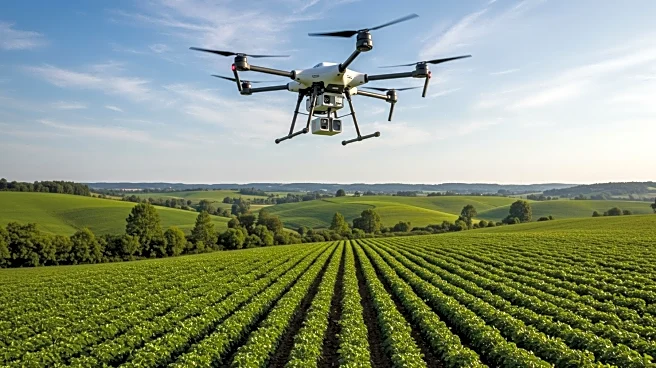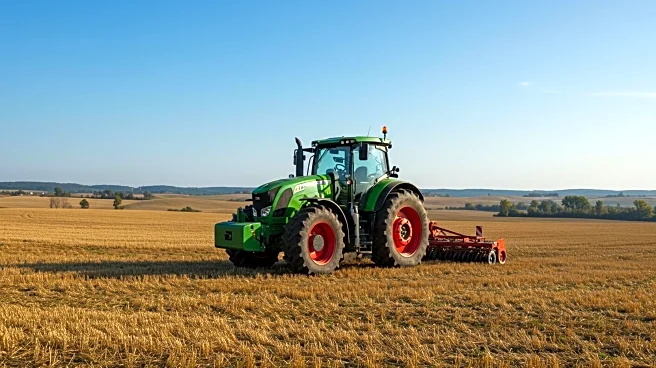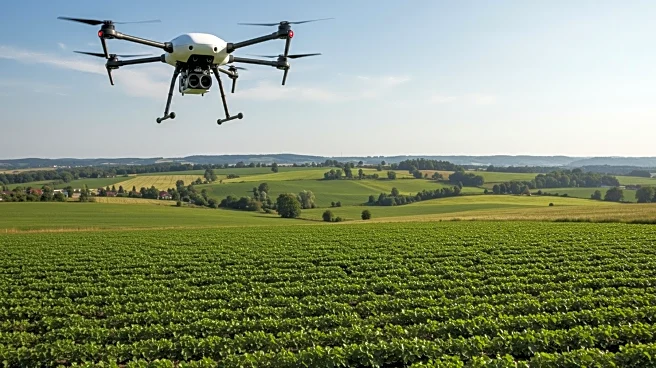What is the story about?
What's Happening?
The agricultural sector is leading the global growth in 3D printing, with 87% of companies in the industry printing more parts than the previous year, surpassing the 70% average across all industries. Major agricultural equipment manufacturers like AGCO, John Deere, and Caterpillar are utilizing 3D printing to customize machinery and parts, enabling more efficient and data-driven farming solutions. This technology is being used to develop sensors for monitoring crop health and soil moisture, integrated with AI-driven resource management systems. The rapid prototyping capability of 3D printing allows farmers to create and test bespoke tool designs, accelerating innovation. Custom irrigation components, specialized crop handling tools, and other bespoke equipment are examples of how 3D printing is being applied in agriculture.
Why It's Important?
The adoption of 3D printing in agriculture is significant as it enhances efficiency and customization in farming practices. By enabling the production of specialized equipment tailored to specific needs, it supports precision agriculture and smart farming technologies. This can lead to increased productivity and sustainability in the agricultural sector. The ability to print spare parts on-site reduces downtime and dependency on external suppliers, which is crucial for maintaining operations in remote areas. As costs of 3D printing continue to fall, its accessibility to small businesses and hobbyists is expected to increase, further driving innovation and adoption across the sector.
What's Next?
The continued growth of 3D printing in agriculture is expected as costs decrease and technologies improve. This could lead to wider adoption among small-scale farmers and hobbyists, enhancing innovation and efficiency in farming practices. However, challenges such as intellectual property issues and the need for technical understanding of 3D printing technology may arise. Farmers and agri-tech businesses will need to address legal questions related to digital files and software protection. Additionally, understanding the technology and materials used in 3D printing will be crucial for effective implementation.
Beyond the Headlines
The rise of 3D printing in agriculture may lead to significant shifts in the industry, including changes in supply chain dynamics and the role of traditional equipment manufacturers. As farmers become more self-sufficient in producing parts, the demand for certain components may decrease, impacting suppliers. Furthermore, the integration of smart technology solutions with 3D printed components could accelerate the adoption of precision agriculture, potentially transforming farming practices and increasing sustainability.
AI Generated Content
Do you find this article useful?
